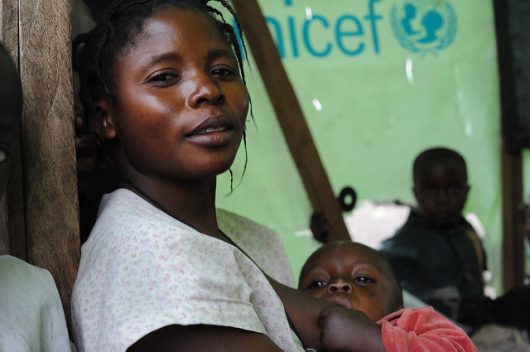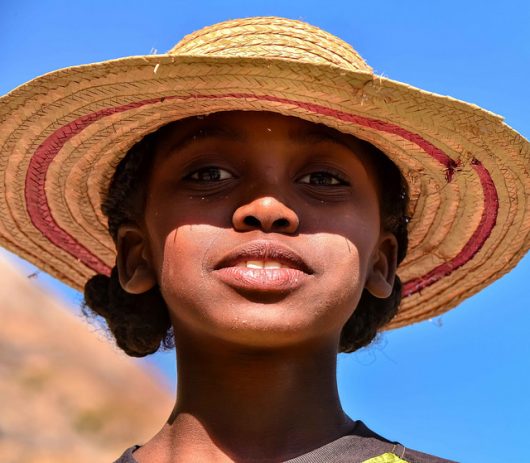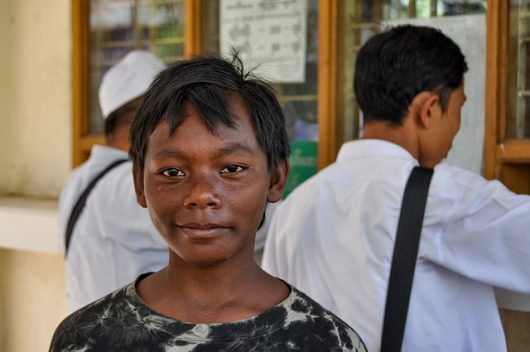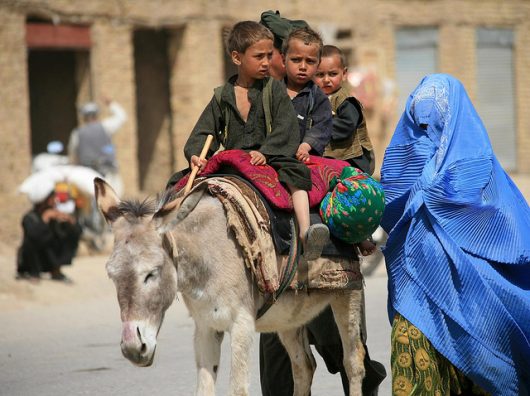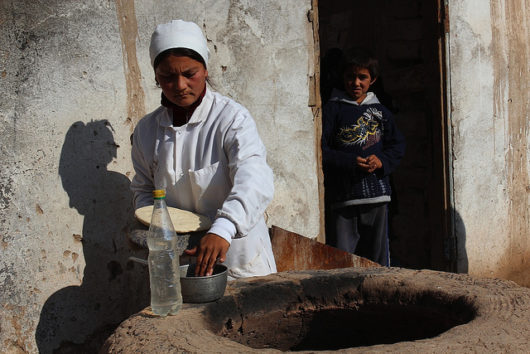
For a small country in Central Asia, Tajikistan makes U.S. news relatively frequently, often because the lives of women there differ from the U.S. norm. Those living in the area have suffered from political turmoil and poverty. While the news often focuses on the modern oppression of women, the mistreatment of women in Tajikistan stems from a larger injustice, centuries of poverty in the country that has affected women more than men.
Religious Oppression for Women in Tajikistan
Recently, the news has highlighted that Tajikistan’s Ministry of Culture published a “Book of Recommendations” for women’s attire. In the book, models display what the country deems appropriate attire for many occasions, setting standards for work and many social events.
What particularly incited opposition from many was the book’s overt advisement against Muslim and Islamic clothing, like the hijab, as well as Western clothing, which was deemed too scandalous. Furthermore, in 2017, the Tajikistan government instituted a policy of texting women reminders about wearing traditional clothing. This followed the government’s efforts in 2016 to close shops selling women’s religious clothing.
Additionally, the Tajikistan government created a law requiring traditional attire and culture at important events, such as weddings and funerals, officially banning “nontraditional dress and alien garments.” In August, the month it became law, 8,000 women wearing hijabs were stopped by government officials and told to remove their religious garments.
Maternal Mortality Rates for Women in Tajikistan
Tajikistan is one of the world’s poorest countries. Thirty-two percent of Tajiks live in poverty, but in rural areas, that number rises to 75 percent. Consequentially, women face staggering maternal mortality rates with 65 women out of every thousand dying from pregnancy or childbirth. In fact, mortality rates for both mother and infant are higher than any other country in Central Asia, a region already significantly behind Western standards.
This lag correlates with the upheaval faced by Tajiks since the responsibility for healthcare had changed hands so many times in the past. Tajikistan was part of the Soviet Union from 1929 to 1991. Then, shortly after gaining independence in 1991, Tajikistan suffered from a brutal civil war that not only claimed tens of thousands of Tajik lives but also crippled the healthcare system, contributing to such high maternal mortality rates.
Caring for the Home and Family
Political upheaval abruptly caused women to become household managers without any aid, leaving them to struggle with poverty. The civil war crippled industrial and agricultural production, the latter of which the country’s economy depended on almost entirely. Since then, nearly 1.5 million Tajik men have left the country to seek employment elsewhere, often leaving wives in charge of the home and children. But, unfortunately, households headed by women are significantly poorer than those headed by men.
Representation and Education for Women in Tajikistan
Female representation in government has remained below international standards because of the poverty caused by political upheaval. Only 12 of the 62 legislators in Tajikistan are women. Those who do make it into politics are often stuck in the lower ranks with little to no opportunity to rise to levels where they can create change.
Private Muslim schools educated the majority of the country’s population from early 1800 until the 1920s when The Soviet Union secularized education. However, with independence came a decreased government budget for education as the private funds disappeared. Moreover, women either have to marry young or are too busy working and, therefore, do not have an opportunity to receive an education.
Improvements Being Made For Women in Tajikistan
Due to The Soviet Union’s systemized education, literacy rates grew, and that shift in norms has continued to benefit men and women in Tajikistan. Additionally, in the two decades following independence, poverty rates have dropped, suggesting a growing stability. In fact, in 1999, 81 percent of the country lived in poverty, and in ten years that number has almost halved to 47 percent. Additionally, extreme poverty decreased from 73 percent in 1999 to 14 percent in 2013.
The U.N. has been working in Tajikistan to improve conditions for women since 1999 by empowering women and promoting gender equality. Furthermore, local and international stakeholders have been given a way to provide activities for women, such as the Rapid Emergency Assessment and Coordination Team (REACT), which helps train women to respond in disaster situations.
Hope for a Better Future
Therefore, beyond the uproar over women’s clothing being regulated by the government lies a deeper historical injustice due to poverty. Women have had little control over Tajikistan’s laws that have targeted them and a lack of access to education that prevents this fact from changing.
Despite concerning media coverage, possible improvements for the lives of women in Tajikistan exist. As stability grows, the potential exists to improve the budget for healthcare and education and, therefore, reduce poverty. Backed with proper healthcare and educational opportunities, women will have the ability to gain access and opportunities to dictate the laws of their country, such as those about their clothing, by becoming more active in the political sphere.
– Charlotte Preston
Photo: Flickr
 In 1991, The Unrepresented Nations & Peoples Organization (UNPO) was founded in The Peace Palace in The Hague, Netherlands. The
In 1991, The Unrepresented Nations & Peoples Organization (UNPO) was founded in The Peace Palace in The Hague, Netherlands. The 